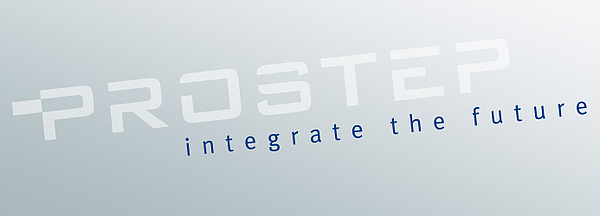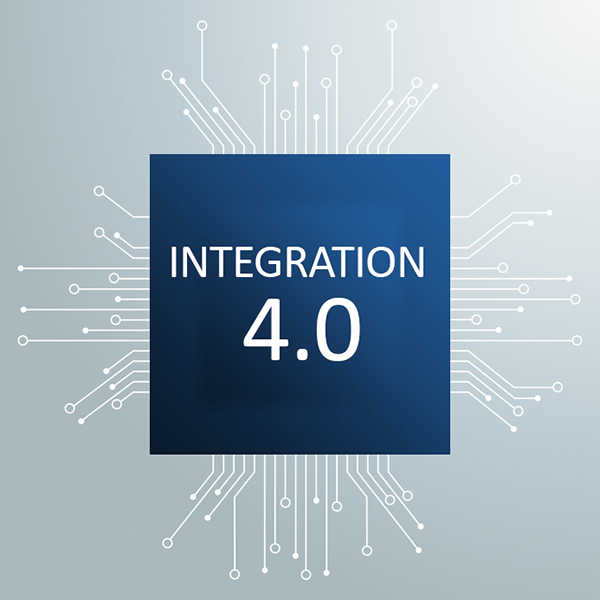
|
Integration 4.0 means linking, not replicating, dataBy Karsten Theis "Integrate the Future" is PROSTEP's maxim, to which we remain committed. We have been involved with product data integration for over 25 years and during this time we have provided numerous big-name companies with advice and support when designing their integration-compatible PLM landscapes. Based on this experience, we have come to the conclusion that the current challenges posed by the digital transformation require a new approach to integration: linking data, not replicating it, is the order of the day. 
The development, manufacture and operation of smart, connected products require closer and more efficient cooperation between the different disciplines and domains within companies and in the extended corporate network. A prerequisite for this are end-to-end, digital business processes and information flows, which in practice need to be supported by a large number of different IT systems. This allows the digital master of the product to be provided with information from different sources that are normally not fully integrated with each other. Conventional integration approaches make it difficult to ensure end-to-end digitalization in a heterogeneous system landscape that is constantly being expanded to incorporate new tools, e.g. for model-based system development. Replicating all the information objects in the product model via interfaces to the data and process management level (PLM, ERP, etc.) with the aim of linking them there and keeping them synchronized over the entire product lifecycle would make the digital master a cumbersome beast. Users need more agile approaches for harmonizing their everyday work while at the same time ensuring the traceability of the product development process across all disciplines and domains. All the data already exists, but the necessary knowledge about relations is often missing. It is our view that the conventional bottom-up integration of the authoring systems and the Team Data Management (TDM) systems that support them in the higher-level management layer needs to be replaced by or supplemented with new approaches for linking data at authoring system level. The information in the PLM systems is often not available with the level of granularity needed, for example, to link individual requirements with certain functions or other artifacts. This granularity is, however, important for assessing the full impact of changes – even if every company has a slightly different idea about just how granular the information needs to be. What impact do Integration 4.0 and the new approaches to data linking have when it comes to designing IT and PLM system landscapes? Many of our customers in the automotive industry, and other industries, are currently busy breaking down their monolithic system architectures or replacing them with open, modular and service-oriented PLM platforms. They want to become more agile and be able to respond more flexibly to the rapidly changing challenges posed by the digital transformation. Data linking plays an important role in this context because it makes it easier for the disciplines and domains to link their distributed information and at the same time enables them to further develop their IT and replace individual platform components without dire consequences for the overall process. PROSTEP not only provides customers with advice when designing an open, future-proof PLM architecture, but also provides them with the integration tools and methods they need to merge information from across different platforms in a digital master – regardless of whether this involves traditional replication or data linking. A key enabler for the digital master is our new solution OpenCLM, which enables the responsible configuration managers to link information from different source systems and monitor the period for which these information networks are valid as so-called baselines. In this sense, OpenCLM is the incubator for the digital twin. Find out more about configuration lifecycle management in our new newsletter. Enjoy your read. 
|
|
| © PROSTEP AG | ALL RIGHTS RESERVED | IMPRESSUM | DATENSCHUTZERKLÄRUNG | HIER KÖNNEN SIE DEN NEWSLETTER ABBESTELLEN. |

